
San Nicolas: The Cultural Heartbeat of Aruba
Discover San Nicolas, Aruba's vibrant cultural hub, where colorful murals, rich history, and stunning natural beauty create an unforgettable travel experience.
San Nicolas, known as the Sunrise City, is a vibrant and colorful town located on the southeastern tip of Aruba. This city is renowned for its rich cultural heritage, bustling local markets, and stunning murals that adorn the streets. The art scene here is thriving, with numerous galleries and public artworks that tell the story of the island’s history and its people. San Nicolas offers visitors a unique blend of traditional Caribbean charm and modern attractions. The city's industrial past is evident in the remnants of its once-thriving oil refinery, which has now become a symbol of the town’s resilience and transformation. The local community is warm and welcoming, always eager to share their stories and traditions with visitors. For those looking to explore beyond the beaches, San Nicolas is a gateway to some of Aruba’s most beautiful natural sites. From the serene Baby Beach, perfect for snorkeling, to the rugged coastline of Boca Grandi, ideal for kite surfing, there is something for every type of traveler. Whether you are an art lover, history buff, or adventure seeker, San Nicolas promises an unforgettable experience.
Local tips in San Nicolas
- Visit the weekly Carubbian Festival to experience local music, dance, and cuisine.
- Explore the art murals in the city center, especially on Main Street, for a vibrant visual treat.
- Head to Baby Beach early in the morning to avoid crowds and enjoy the calm waters.
- Try local dishes like pastechi and keshi yena at the street food stalls.
- Wear comfortable walking shoes as the town is best explored on foot.
San Nicolas: The Cultural Heartbeat of Aruba
San Nicolas, known as the Sunrise City, is a vibrant and colorful town located on the southeastern tip of Aruba. This city is renowned for its rich cultural heritage, bustling local markets, and stunning murals that adorn the streets. The art scene here is thriving, with numerous galleries and public artworks that tell the story of the island’s history and its people. San Nicolas offers visitors a unique blend of traditional Caribbean charm and modern attractions. The city's industrial past is evident in the remnants of its once-thriving oil refinery, which has now become a symbol of the town’s resilience and transformation. The local community is warm and welcoming, always eager to share their stories and traditions with visitors. For those looking to explore beyond the beaches, San Nicolas is a gateway to some of Aruba’s most beautiful natural sites. From the serene Baby Beach, perfect for snorkeling, to the rugged coastline of Boca Grandi, ideal for kite surfing, there is something for every type of traveler. Whether you are an art lover, history buff, or adventure seeker, San Nicolas promises an unforgettable experience.
When is the best time to go to San Nicolas?
Iconic landmarks you can’t miss
California Lighthouse
Visit the California Lighthouse in Aruba, a historical landmark offering breathtaking views and a glimpse into the island's maritime past.

Natural Bridge Aruba
Discover the Natural Bridge of Aruba, a stunning geological marvel and historical landmark that showcases the beauty of the Caribbean coastline.
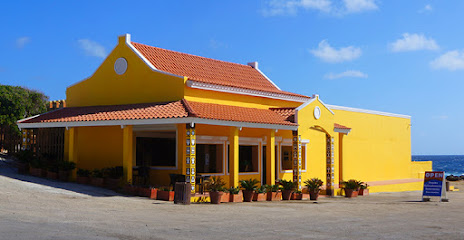
Baby Beach
Experience the serene beauty of Baby Beach in Aruba, where soft sands and crystal-clear waters await your next adventure in paradise.
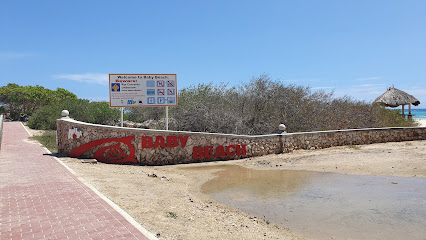
Casibari Rock Formations
Explore the breathtaking Casibari Rock Formations in Aruba, a stunning natural wonder perfect for adventure seekers and nature lovers.
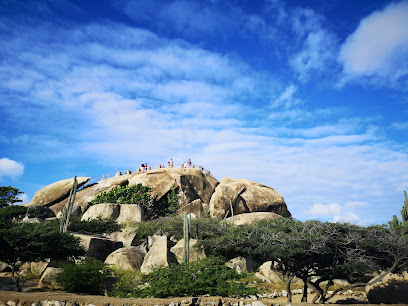
Arikok National Park
Explore Arikok National Park, a stunning natural paradise in Aruba, rich in biodiversity, history, and breathtaking landscapes that captivate every traveler.
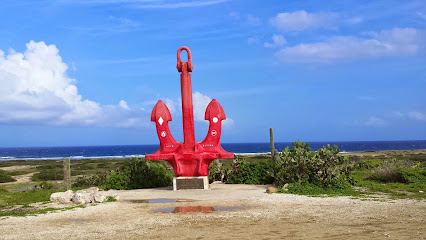
Bushiribana Ruins
Discover the historical significance and breathtaking views at Bushiribana Ruins, a stunning landmark in Aruba's picturesque landscape.

Bushiribana Gold Smelter
Explore the historic Bushiribana Gold Smelter in Aruba, a must-see attraction showcasing the island's rich gold mining heritage and breathtaking coastal views.
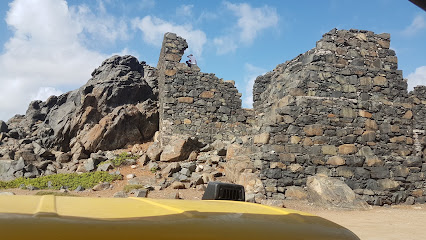
Ayo Rock Formations
Explore the stunning Ayo Rock Formations in Aruba, a unique blend of natural beauty and cultural history perfect for every adventurer.
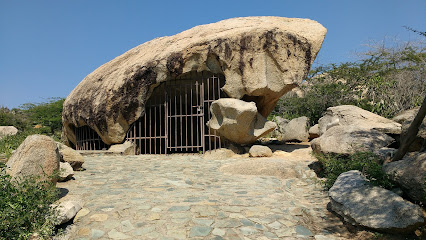
Rum Reef
Discover the flavors of Aruba at Rum Reef, a charming grill on Baby Beach offering delicious food and stunning ocean views for an unforgettable dining experience.
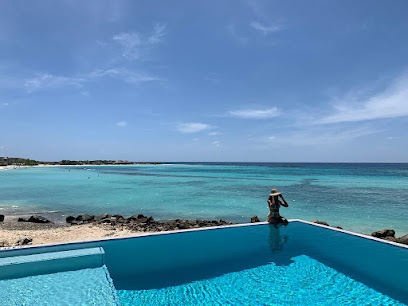
Aruba Ostrich Farm
Explore the enchanting Aruba Ostrich Farm: a unique wildlife experience where you can interact with the world's largest birds in a tropical paradise.
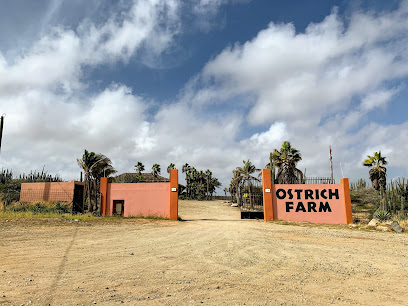
Red Anchor
Experience the rich maritime history at Red Anchor, a stunning landmark in San Nicolas, Aruba, perfect for history lovers and photographers alike.
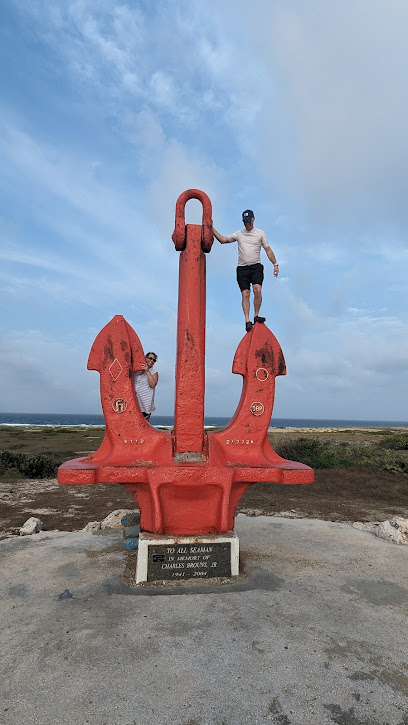
Museo Historico Aruba
Explore Aruba's rich history and culture at Museo Historico Aruba, a captivating historical landmark in Oranjestad.
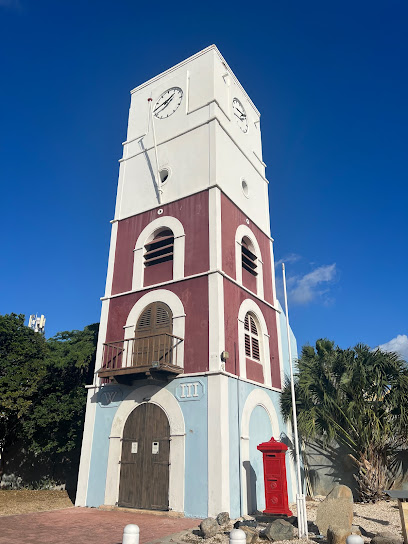
Hooiberg Hiking Trail
Experience the breathtaking beauty of Aruba from the heights of Hooiberg Hiking Trail, a must-visit destination for nature lovers and adventure seekers.
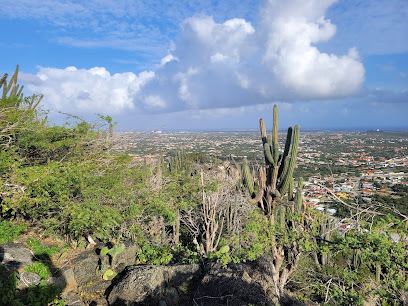
National Archaeological Museum Aruba
Explore the vibrant history of Aruba at the National Archaeological Museum, showcasing rich cultural artifacts and engaging exhibits.

Balashi Gold Mills
Explore the historical significance of Balashi Gold Mills, where Aruba's mining legacy meets stunning natural landscapes.
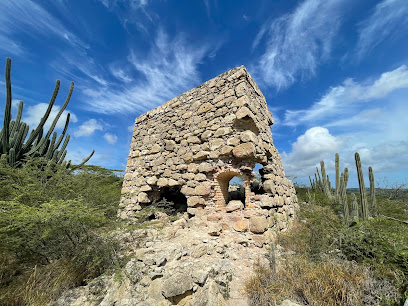
Unmissable attractions to see
Natural Bridge Aruba
Discover the Natural Bridge Aruba, a breathtaking historical landmark showcasing nature's beauty and the island's geological wonders.

Eagle Beach
Discover the unparalleled beauty of Eagle Beach in Aruba, a serene paradise for sun-seekers and adventure lovers with breathtaking views and vibrant marine life.

Casibari Rock Formations
Explore the enchanting Casibari Rock Formations in Aruba, where stunning views and unique geological wonders await every traveler.
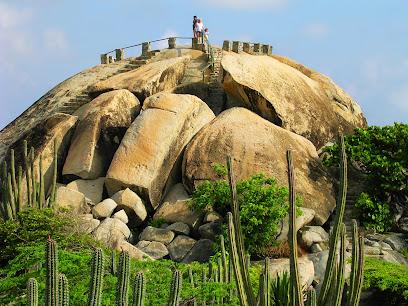
Arikok National Park
Experience the breathtaking beauty and diverse wildlife of Arikok National Park in Aruba, a true natural paradise waiting to be explored.

De Palm Tours Aruba
Discover Aruba's beauty and adventure with De Palm Tours, your premier guide to unforgettable experiences on the island.

De Palm Island
Experience the ultimate tropical getaway at De Palm Island in Aruba, featuring pristine beaches, exhilarating water sports, and delightful cuisine.
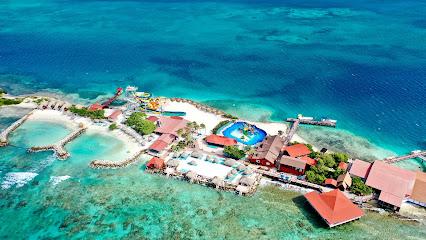
Aruba Aloe Factory Museum and Store
Explore the fascinating history of aloe vera production in Aruba at the Aloe Factory Museum – a unique blend of culture, education, and shopping.
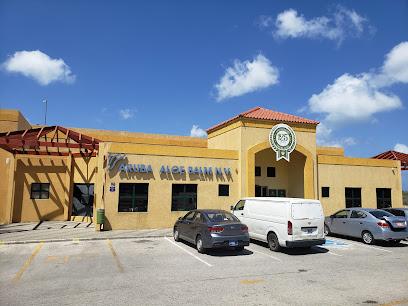
The Butterfly Farm Aruba
Explore the enchanting world of butterflies at The Butterfly Farm Aruba, a captivating sanctuary for nature enthusiasts in Noord.
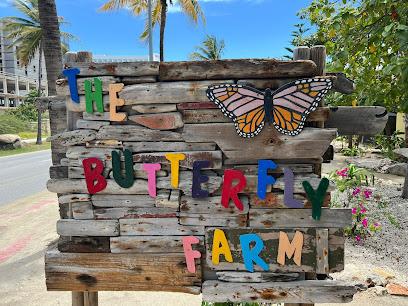
Alto Vista Chapel
Explore the tranquil beauty of Alto Vista Chapel in Aruba, a captivating blend of spirituality, stunning views, and rich history.

Baby Beach
Experience the breathtaking beauty of Baby Beach in San Nicolas, Aruba, a family-friendly paradise with pristine sands and vibrant marine life.
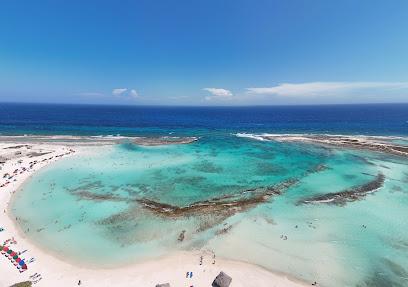
Conchi Natural Pool
Experience tranquility at Conchi Natural Pool, a hidden gem in Santa Cruz, Aruba, perfect for swimming, snorkeling, and soaking in natural beauty.
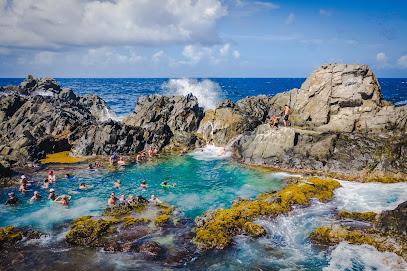
Philip's Animal Garden
Discover wildlife conservation and interactive experiences at Philip's Animal Garden, Aruba's premier animal rescue and zoo attraction.
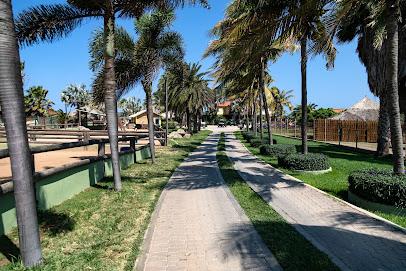
Donkey Sanctuary Aruba
Explore the enchanting Donkey Sanctuary Aruba, a haven for rescued donkeys in the heart of Santa Cruz, where compassion meets nature's beauty.
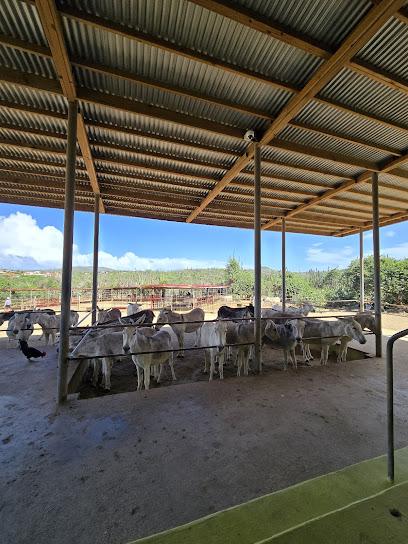
ABC Tours Aruba
Explore Aruba's stunning landscapes with ABC Tours - jeep safaris, natural wonders, and cultural experiences await you.
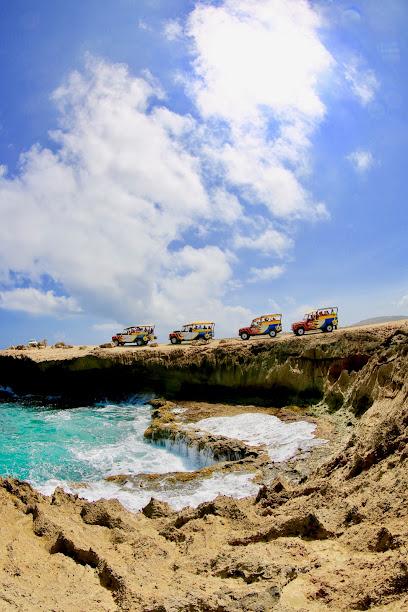
Fofoti Tree
Discover the enchanting Fofoti Tree, a symbol of resilience and beauty in Aruba's breathtaking landscape, perfect for photography and relaxation.
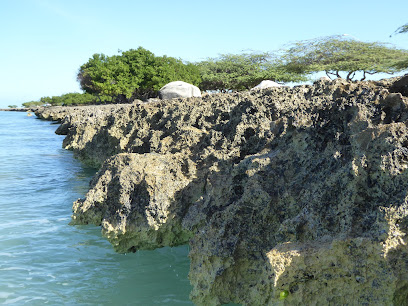
Essential places to dine
Kamini's Kitchen
Experience authentic Caribbean flavors at Kamini's Kitchen in San Nicolas, Aruba - where every dish tells a story.
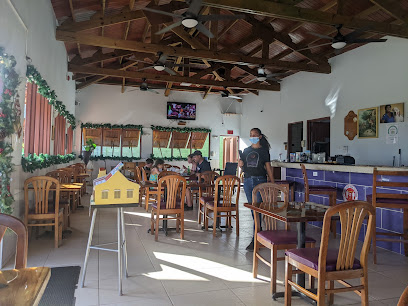
O'Niel Caribbean Kitchen
Discover O'Niel Caribbean Kitchen: A Culinary Oasis Offering Authentic Caribbean Flavors in San Nicolas, Aruba.
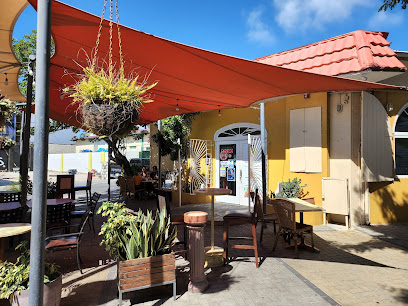
Charlie's Bar and Restaurant
Discover the vibrant atmosphere at Charlie's Bar and Restaurant in San Nicolas, Aruba - where local flavors meet friendly service.
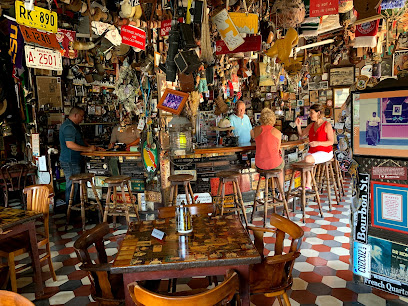
Rum Reef
Experience delicious grill cuisine at Rum Reef while enjoying breathtaking views at Baby Beach in San Nicolas, Aruba.
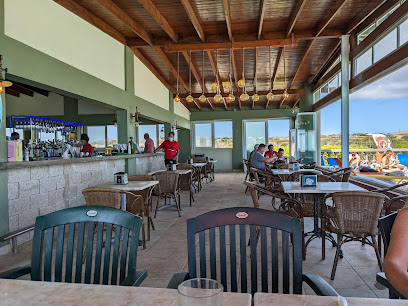
Big Mama Grill
Discover authentic Aruban flavors at Big Mama Grill near Baby Beach – a must-visit grill restaurant for tourists exploring San Nicolas.
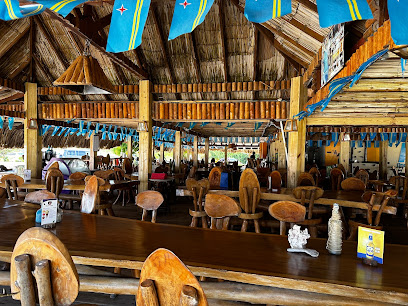
Gallo Rojo
Experience authentic Aruban flavors at Gallo Rojo in San Nicolas—your go-to spot for delicious pastries and hearty meals.
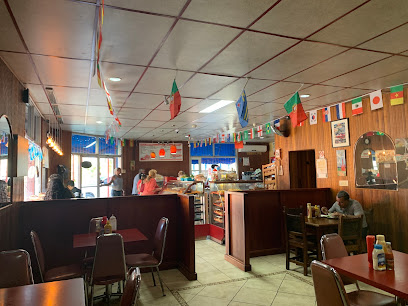
Battata Beach Bar
Experience island life at Battata Beach Bar in Savaneta: Delicious food, refreshing drinks, and stunning ocean views await you.
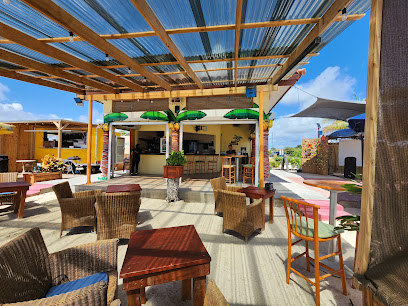
Burger King
Experience fast food bliss at Burger King in San Nicolas - where deliciousness meets convenience in the heart of Aruba.
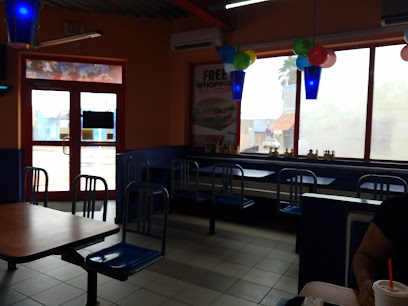
Ora's Bar and Restaurant
Discover the best of Aruba's culinary scene at Ora's Bar and Restaurant - where local flavors meet international cuisine in San Nicolas.
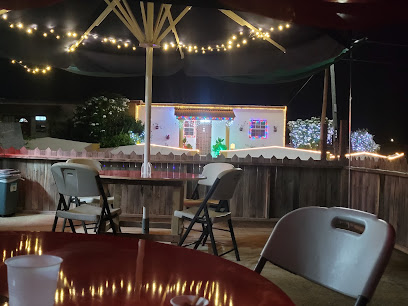
Grill21
Discover the flavors of Aruba at Grill21 in San Nicolas - where grilled perfection meets island hospitality.
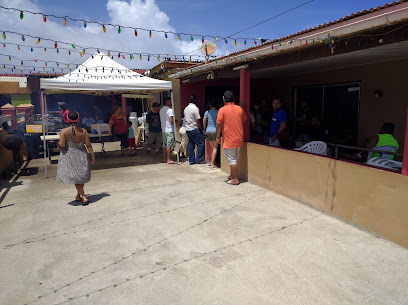
Saco di Felipe
Discover authentic Aruban fast food at Saco di Felipe in San Nicolas – a culinary gem serving delicious takeout options.
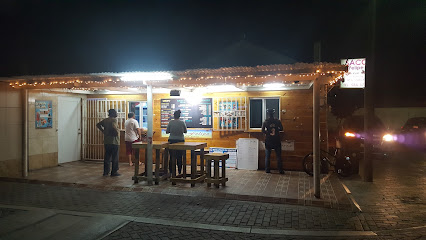
Pitstop
Discover Pitstop in San Nicolas - where flavorful cuisine meets warm Aruban hospitality for an unforgettable dining experience.
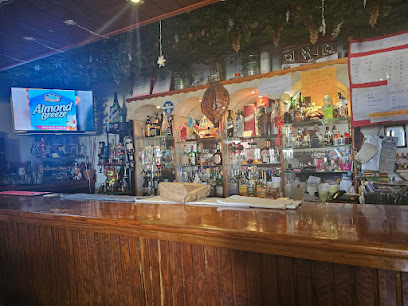
Neighba
Discover authentic Aruban cuisine at Neighba in San Nicolas - where every meal tells a story of flavor and tradition.
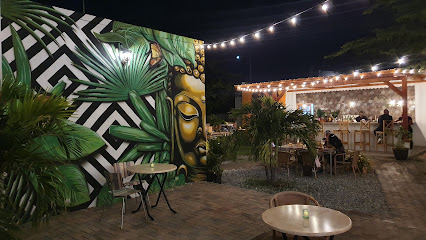
New China Town Bar Restaurant
Experience authentic Chinese cuisine at New China Town Bar Restaurant in San Nicolas, Aruba – where flavor meets affordability.
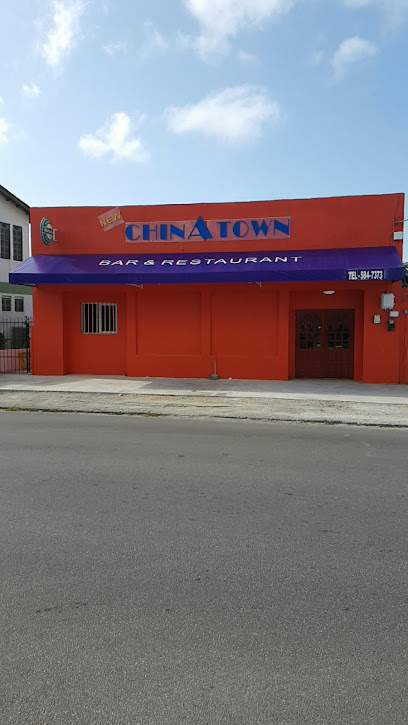
Bambi's Kitchen Aruba
Discover Bambi's Kitchen in San Nicolas - where Aruba's flavors come alive in a cozy setting with exceptional service.
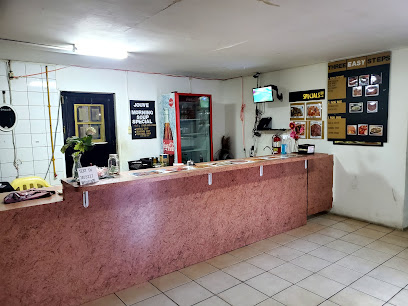
Markets, malls and hidden boutiques
Macro Supermarket
Explore the local flavors of Aruba at Macro Supermarket, a vibrant shopping destination in San Nicolas offering fresh produce and unique culinary delights.
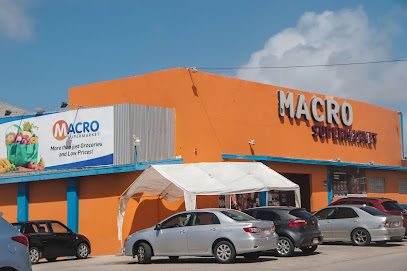
Ke Ke Mega Mart
Explore Ke Ke Mega Mart in San Nicolas, Aruba – your go-to destination for local products, souvenirs, and a true taste of Aruban culture.
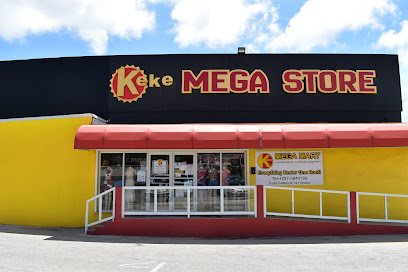
Seasons and Beyond
Discover creativity at Seasons and Beyond, Aruba's premier art supply store, showcasing unique crafts and quality materials for all artistic endeavors.
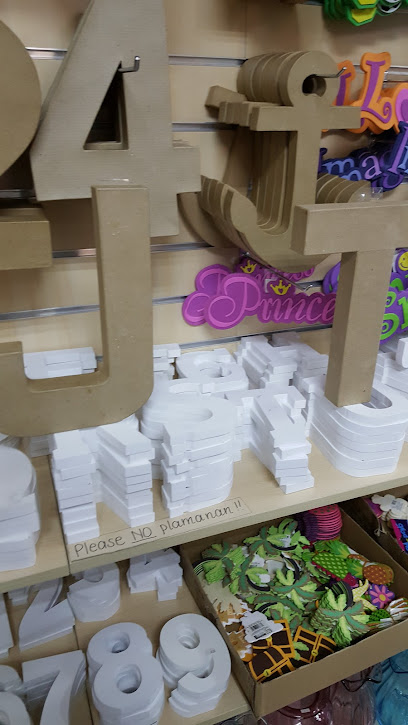
D Shop Aruba
Explore the vibrant clothing styles of Aruba at D Shop, where fashion meets island culture in a unique shopping experience.
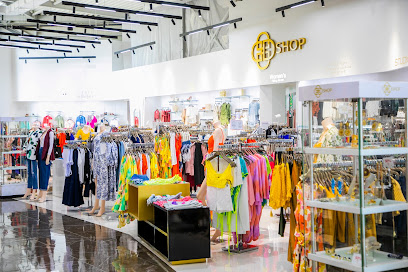
Johnson's Supercenter
Experience the vibrant local culture and flavors at Johnson's Supercenter, Aruba's premier grocery store for all your shopping needs.
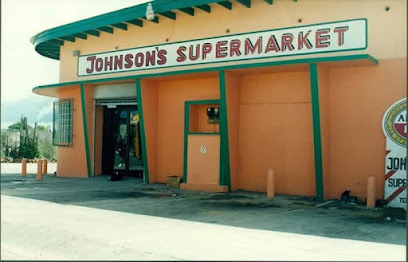
Springfield Supermarket
Discover the flavors of Aruba at Springfield Supermarket, where local delicacies and everyday essentials meet in San Nicolas.
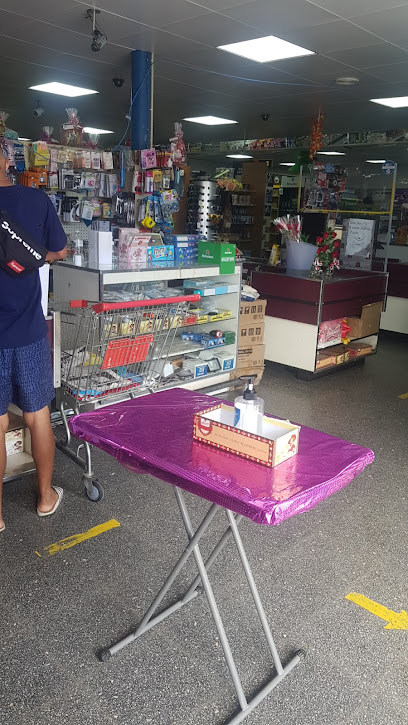
Community Museum
Explore the Community Museum in San Nicolas to uncover Aruba's rich history, vibrant culture, and local artistry in an engaging setting.
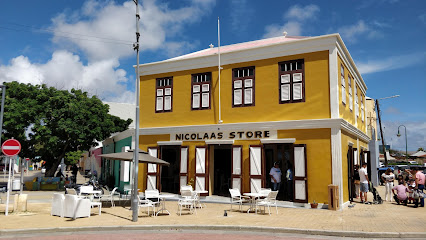
Melz Fashion
Explore Melz Fashion in Santa Cruz, Aruba, where trendy clothing and unique accessories await every fashionista and traveler seeking local style.
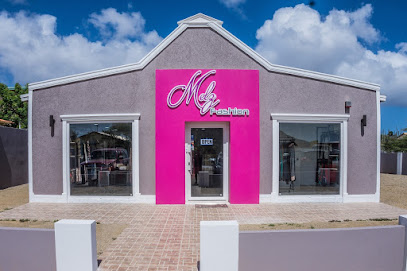
AMC Unicon San Nicolas
Shop at AMC Unicon San Nicolas for a delightful mix of home goods and electronics in the heart of Aruba, perfect for tourists and locals.

Ton Li Supermarket
Explore the vibrant flavors and authentic tastes of Asia at Ton Li Supermarket in San Nicolas, Aruba, a haven for culinary enthusiasts.
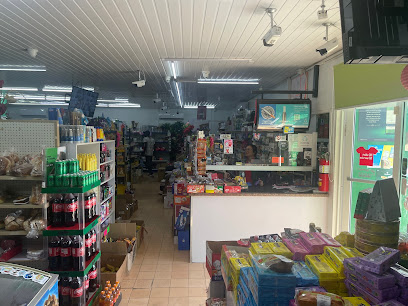
Vanco Hardware & Building Center
Explore Vanco Hardware & Building Center in San Nicolas for all your hardware needs, featuring a vast selection and expert guidance to complete your projects.

Wan Tun Mini Market
Discover authentic Asian flavors and local delicacies at Wan Tun Mini Market in San Nicolas, Aruba – a culinary gem for every food lover.
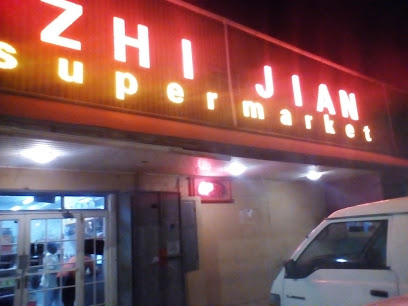
Aruba Art Fair
Discover the essence of Aruba's culture at the Aruba Art Fair, a vibrant hub of creativity featuring local and international artists.
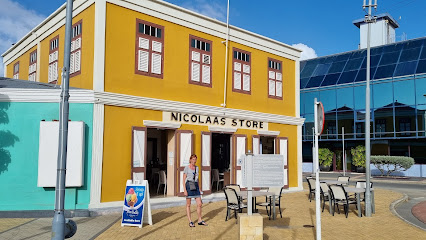
Aruba Store
Explore Aruba Store in San Nicolas for stylish baby clothing that blends comfort and charm, creating perfect outfits for your little ones.
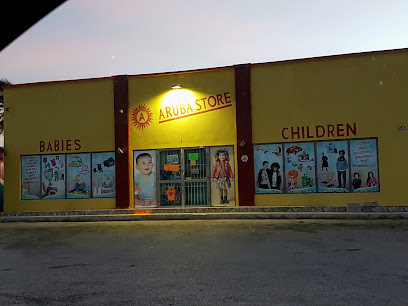
K&G San Nicolaas
Discover a treasure trove of crafting supplies, fabrics, and unique women's clothing at K&G San Nicolaas, a charming boutique in Aruba.
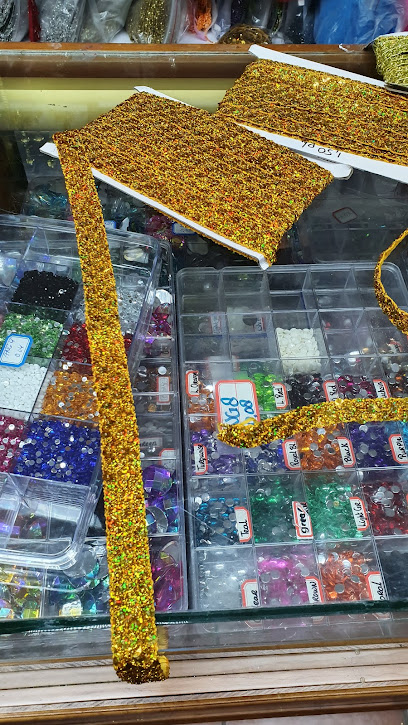
Essential bars & hidden hideouts
Charlie's Bar and Restaurant
Discover the vibrant flavors and friendly atmosphere at Charlie's Bar and Restaurant, a must-visit spot in San Nicolas, Aruba.
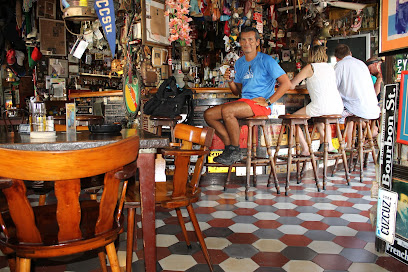
Rum Reef
Experience the vibrant flavors of Aruba at Rum Reef, a grill restaurant by Baby Beach offering fresh seafood, grilled meats, and tropical cocktails.
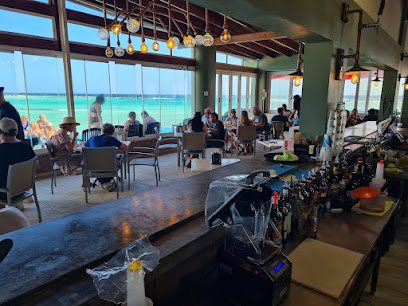
Ora's Bar and Restaurant
Discover the vibrant culinary scene at Ora's Bar and Restaurant in San Nicolas, Aruba, where local flavors meet a lively atmosphere.
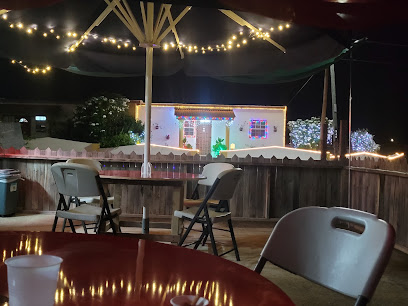
The Hangout Sports Bar
Experience the lively atmosphere of The Hangout Sports Bar in San Nicolas, where great food, sports, and socializing come together in perfect harmony.
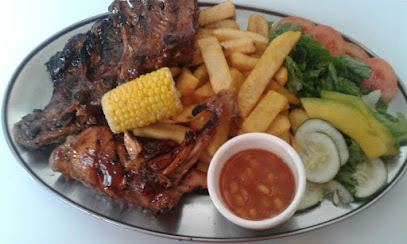
Ebby's Place Bar Restaurant
Discover the rich flavors of Aruba at Ebby's Place Bar Restaurant, where every meal is a celebration of local culinary traditions.
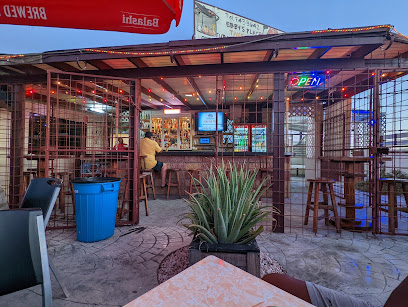
Caribbean Bar
Discover the vibrant nightlife at Caribbean Bar in San Nicolas, Aruba, where lively atmosphere meets refreshing cocktails for an unforgettable experience.
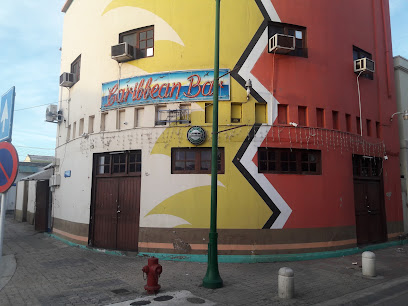
Chesterfield
Discover Chesterfield, a lively bar in San Nicolas, Aruba, where vibrant nightlife and local culture come alive every night.
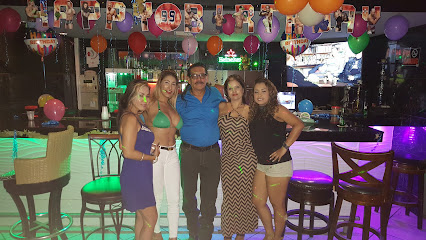
Julio's Snacks & Poolbar
Julio's Snacks & Poolbar in San Nicolas offers a vibrant atmosphere with refreshing drinks and snacks, perfect for unwinding in Aruba's tropical paradise.
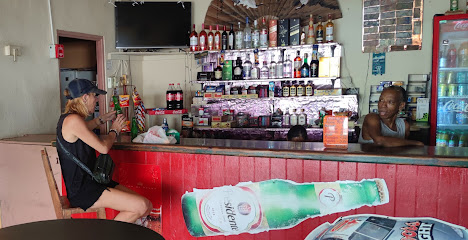
Aruba Rumshop
Discover the vibrant spirit of Caribbean nightlife at Aruba Rumshop, San Nicolas' premier bar for rum lovers and cultural enthusiasts.
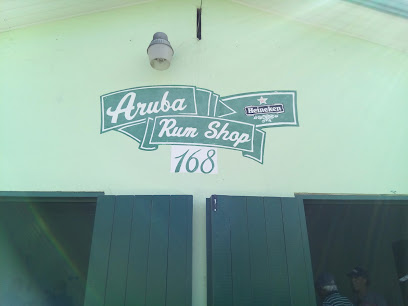
Guadalajara Bar
Discover the lively Guadalajara Bar in San Nicolas, where vibrant cocktails and a friendly atmosphere make for an unforgettable night out in Aruba.
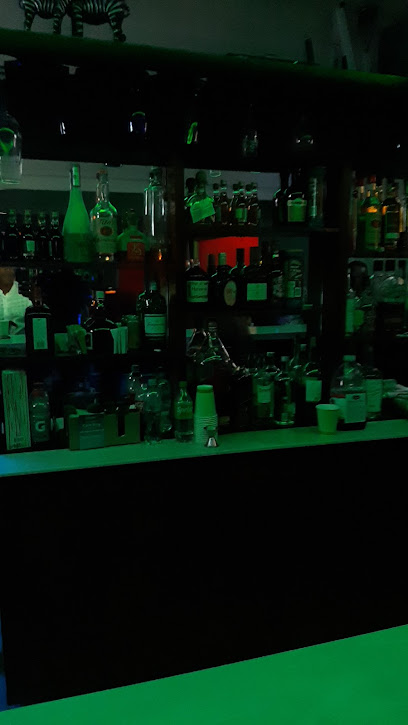
Roxy Bar
Experience the vibrant nightlife of San Nicolas at Roxy Bar, where delicious cocktails and live entertainment create unforgettable memories.

American Bar
Experience the lively atmosphere at American Bar in San Nicolas, Aruba's vibrant hotspot for cocktails, music, and unforgettable nights.
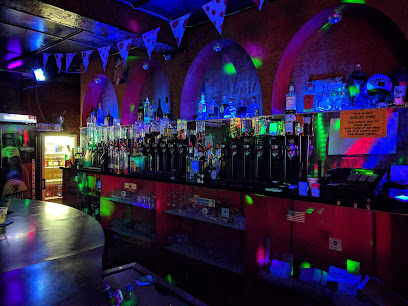
Carolina's Bar
Discover the vibrant Caribbean nightlife at Carolina's Bar in San Nicolas, Aruba, where friendly service and tropical drinks await.
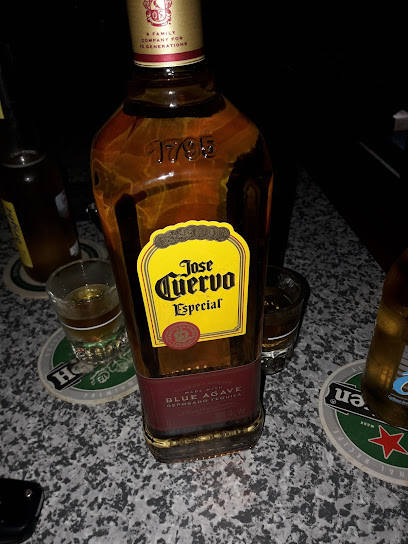
Papa Cigar Bar
Experience the cozy charm of Papa Cigar Bar in San Nicolas, Aruba, where premium cigars and a relaxed atmosphere await you.
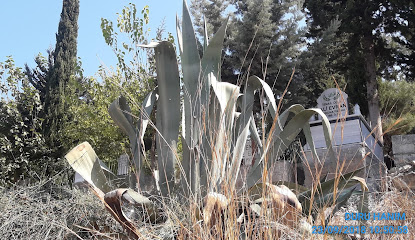
Black & White Bar
Experience vibrant nightlife at Black & White Bar in San Nicolas, where exceptional drinks meet a lively atmosphere and local culture.

Local Phrases
-
- HelloBon dia
[bon dee-ah] - GoodbyeAyo
[ah-yo] - YesSi
[see] - NoNo
[no] - Please/You're welcomePor fabor
[por fa-bor] - Thank youDanki
[dan-kee] - Excuse me/SorryPardon
[par-don] - How are you?Con ta bai?
[kon ta bai] - Fine. And you?Bon. Y bo?
[bon. ee bo] - Do you speak English?Bo ta papia ingles?
[bo ta pa-pya ing-les] - I don't understandMi no ta comprende
[mee no ta com-pren-de]
- HelloBon dia
-
- I'd like to see the menu, pleaseMi ke mira e menu, por fabor
[mee kee mee-rah e menu, por fa-bor] - I don't eat meatMi no ta come carne
[mee no ta com-eh car-ne] - Cheers!Salud!
[sa-lood] - I would like to pay, pleaseMi ke paga, por fabor
[mee kee pa-ga, por fa-bor]
- I'd like to see the menu, pleaseMi ke mira e menu, por fabor
-
- Help!Yudami!
[yu-da-mee] - Go away!Bay afor!
[bay a-for] - Call the Police!Yama polis!
[ya-ma po-lees] - Call a doctor!Yama dokter!
[ya-ma dok-ter] - I'm lostMi a perde mi mes
[mee a per-dee mee mes] - I'm illMi ta malu
[mee ta ma-loo]
- Help!Yudami!
-
- I'd like to buy...Mi ke cumpra...
[mee kee koom-pra] - I'm just lookingMi ta solamente mira
[mee ta so-la-men-te mee-rah] - How much is it?Cuanto ta costa esaki?
[kwan-to ta kos-ta eh-sa-kee] - That's too expensiveEsaki ta muchu caro
[eh-sa-kee ta moo-choo ka-ro] - Can you lower the price?Por fabor, por bisa e prijs
[por fa-bor, por bee-sa e prys]
- I'd like to buy...Mi ke cumpra...
-
- What time is it?Kuanto or ta?
[kwan-to or ta] - It's one o'clockTa un or
[ta oon or] - Half past (10)Mitad di dies
[mee-tad dee dees] - MorningMadruga
[mad-roo-ga] - AfternoonAtardi
[a-tar-dee] - EveningAnochi
[a-no-chee] - YesterdayAyer
[ai-yer] - TodayAwe
[a-we] - TomorrowMañana
[ma-nya-na] - 1Uno
[oo-no] - 2Dos
[dos] - 3Tres
[tres] - 4Cuatro
[kwa-tro] - 5Cinco
[seen-ko] - 6Seis
[sace] - 7Siete
[see-eh-te] - 8Ocho
[oh-cho] - 9Nueve
[nwe-veh] - 10Diez
[dees]
- What time is it?Kuanto or ta?
-
- Where's the...?Unda ta...?
[oon-da ta] - What's the address?Kiko ta e adres?
[kee-ko ta e ad-res] - Can you show me (on the map)?Por fabor, por mustra mi (riba e mapa)?
[por fa-bor, por moos-tra mee (ree-ba e ma-pa)] - When's the next (bus)?Con ta e siguiente (bus)?
[kon ta e see-gi-en-te (bus)] - A ticket (to ....)Un boleto (pa ....)
[oon bo-lee-to (pa)]
- Where's the...?Unda ta...?
History of San Nicolas
-
San Nicolas, located on the southeastern tip of Aruba, has a rich history that dates back to the Caquetio Indians. This indigenous group, part of the Arawak people, first inhabited the island around 1000 AD. They were known for their seafaring skills and agricultural practices, which laid the foundation for the area's early development.
-
In the early 16th century, Spanish explorers arrived in Aruba, marking the beginning of European influence. However, it was the Dutch who ultimately took control in 1636, incorporating Aruba into the Dutch West India Company. San Nicolas, like the rest of the island, fell under Dutch colonial administration, which significantly impacted its cultural and economic landscape.
-
The discovery of oil in Venezuela in the early 20th century led to the establishment of the Lago Oil Refinery in San Nicolas in 1924. This refinery became one of the largest in the world and was a major employer in Aruba. The influx of workers from around the globe transformed San Nicolas into a bustling, multicultural community, contributing to its diverse cultural fabric.
-
During World War II, San Nicolas gained strategic importance due to its oil refinery. The refinery supplied fuel to Allied forces, making it a target for German U-boats. In 1942, the refinery and surrounding areas were attacked, highlighting San Nicolas' critical role in the war effort and its resilience in the face of adversity.
-
After World War II, San Nicolas continued to thrive as a cultural melting pot. The town became known for its vibrant cultural scene, influenced by the diverse backgrounds of its residents, including Caribbean, Latin American, and European immigrants. This period saw the growth of local festivals, music, and cuisine, adding to the town's unique charm.
-
The late 20th century brought economic challenges to San Nicolas as the Lago Oil Refinery faced declining profitability and eventually closed in 1985. This closure led to economic hardships for the town, prompting efforts to diversify its economy and promote tourism. The shift marked a new chapter in San Nicolas' history, focusing on cultural preservation and new economic opportunities.
-
In recent years, San Nicolas has undergone a revitalization, positioning itself as Aruba's cultural capital. The town is now famous for its vibrant street art, including murals created by local and international artists. Annual events like the Aruba Art Fair celebrate this artistic renaissance, attracting visitors and fostering a sense of community pride.
San Nicolas Essentials
-
San Nicolas is located on the southeastern tip of Aruba. The nearest international airport is Queen Beatrix International Airport (AUA) in Oranjestad, approximately 20 kilometers away. From the airport, you can take a taxi or a rental car to San Nicolas. The journey typically takes around 30 to 40 minutes by road. Public buses are also available from Oranjestad to San Nicolas and offer a more budget-friendly option.
-
San Nicolas is a small town, and many of its attractions are within walking distance. For longer trips, local taxis are readily available and relatively inexpensive. The Arubus network operates buses that connect San Nicolas with other parts of the island, including Oranjestad and Palm Beach. Renting a car can also be a convenient option for exploring Aruba at your own pace.
-
The official currency in Aruba is the Aruban Florin (AWG). U.S. Dollars are also widely accepted. Credit cards are accepted in most hotels, restaurants, and shops, but it is advisable to carry some cash for smaller establishments and local markets. ATMs are available throughout San Nicolas, and they dispense both Aruban Florins and U.S. Dollars.
-
San Nicolas is generally a safe destination for tourists. However, like any travel destination, it is advisable to take standard precautions. Avoid walking alone at night in unfamiliar areas and keep an eye on your belongings in crowded places. While San Nicolas is not known for high crime rates targeting tourists, it's always best to stay vigilant and aware of your surroundings, especially in more isolated areas.
-
In case of emergency, dial 911 for immediate assistance. The local police station and medical facilities are available in San Nicolas. It is recommended to have travel insurance that covers medical emergencies. For minor health issues, there are pharmacies in the town where you can purchase over-the-counter medications. The Dr. Horacio E. Oduber Hospital in Oranjestad is the main hospital on the island.
-
Fashion: Do dress comfortably and casually, but remember that beachwear is not appropriate in town areas. Avoid overly revealing clothing. Religion: Do respect local customs and traditions. When visiting churches, dress modestly and avoid loud behavior. Public Transport: Do be respectful and courteous. Don't eat or drink on public transport. Greetings: Do greet people with a friendly 'Good morning/afternoon.' A handshake is common when meeting someone new. Eating & Drinking: Do try local delicacies and accept food offerings graciously. Don't refuse hospitality, as it is considered impolite.
-
To experience San Nicolas like a local, visit the local markets where you can buy fresh produce and traditional Aruban goods. Engage with locals, as they are often friendly and willing to share stories about the town's history and culture. Don't miss the vibrant street art in the downtown area, a testament to the town's artistic spirit. For a unique experience, visit the weekly Carubbian Festival, which showcases local music, dance, and cuisine.
Trending Landmark in San Nicolas
-
California Lighthouse
-
Natural Bridge Aruba
-
Baby Beach
-
Casibari Rock Formations
-
Arikok National Park
-
Bushiribana Ruins
-
Bushiribana Gold Smelter
-
Ayo Rock Formations
-
Rum Reef
-
Aruba Ostrich Farm
-
Red Anchor
-
Museo Historico Aruba
-
Hooiberg Hiking Trail
-
National Archaeological Museum Aruba
-
Balashi Gold Mills
Nearby Cities to San Nicolas
-
Things To Do in Savaneta
-
Things To Do in Pos Chiquito
-
Things To Do in Santa Cruz
-
Things To Do in Paradera
-
Things To Do in Sero Blanco
-
Things To Do in Oranjestad
-
Things To Do in Tanki Leendert
-
Things To Do in Noord
-
Things To Do in Palm Beach
-
Things To Do in Sabana Westpunt
-
Things To Do in Westpunt
-
Things To Do in Soto
-
Things To Do in Barber
-
Things To Do in Sint Michiel
-
Things To Do in Julianadorp










